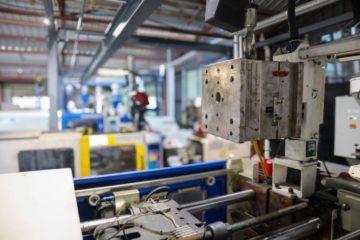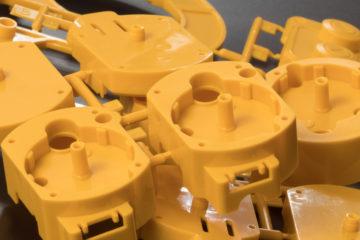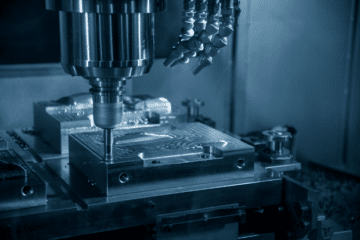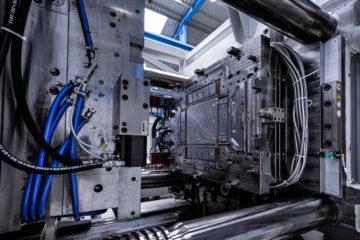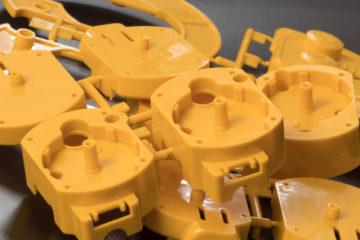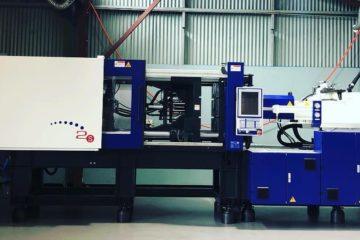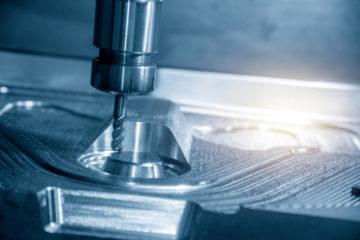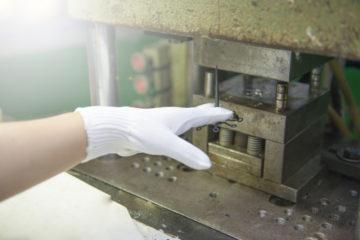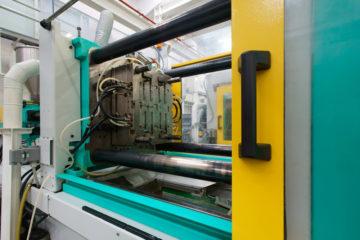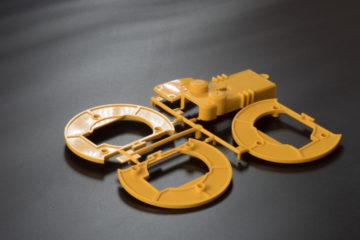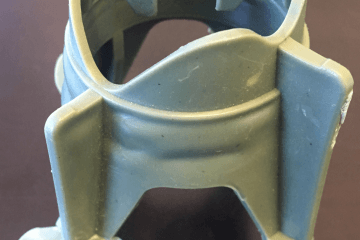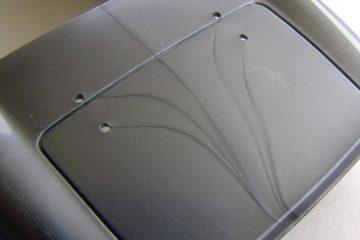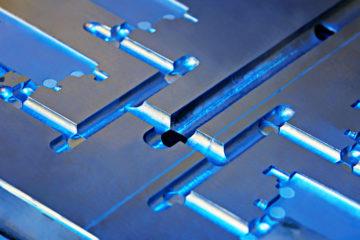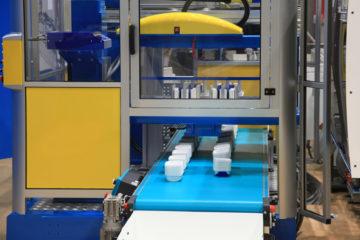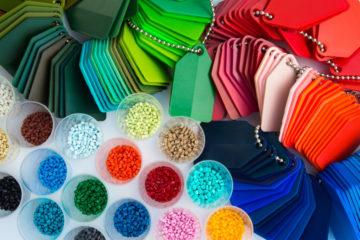When designing for manufacture with injection moulding, there are still more guidelines to be taken into consideration. The easier it is for the Toolmakers to create your mould, the faster your turnaround time will be, increasing the speed that your product will be out there for consumers. Here’s 10 more design guidelines to follow when designing for manufacture:
- Consult with your manufacturer about solid mounting or fixture locating features. Experience counts in this area, and you want your part to be hardy. Often threaded components can be replaced by simple male-female mating parts. Simplicity, like everything else, is the key here.
- Avoid small holes. Small holes may be too intricate to properly mould. This will also increase the risk of tool breakage. Both will drive your costs up.
- If making a hole in your mold, thru-holes are preferred. This will allow the mould to separate more effectively, and will ensure that the hole is uniform in diameter.
- Often there is a variance in angle or surface consistency. This will depend on the material used. Often it is of little consequence as he variance is not noticable to the human eye. However, if your design requires an exact surface or angle specify a material that will hold its form, such as low carbon hot rolled steel.
- Flatness should be applied both per unit and reasonable overall form tolerance. This will prevent abrupt surface variation of the feature within a relatively small area.
- Dimensional tolerance. Offset the machining tool to allow dimensional tolerance. ‘Cutter compensation’ allows for the size of the tool itself in the tooling of the mould.
- Consider the stacked-up tolerance for mating parts. When creating mating parts, consider the separate tolerances on both the male and female joining part. If the tolerances are considered without relation to one another this could cause the parts to not mate, causing costly redesigns.
- When a design requires a particular orientation, provide a design element to make this clear. If you are unable to design your part with clear instruction built in to its design as to where it is supposed to fit into the whole, you should consider redesigning.
- Use uniform screw sizes where practical. Think about the end-user in your design process. Using uniform screw sizes and ‘off the shelf’ components will make your design much more accessible to more people.
- Keep your parts down. Each additional component to your design multiplies the risk of something going wrong. As well as keeping the design of your part simple, it’s important to keep the design as a whole as simple as possible too. The key to this is to create a design that will maximise on the injection moulding process.
Plastic injection moulding is an effective tool for creating consistent, well-made parts to your design. You need to make it work for you, though, and the easier you can make it for the Toolmakers, the faster you will see a return on your design.
Subscribe to Our Newsletter
Get the latest news from Dienamics into your inbox







